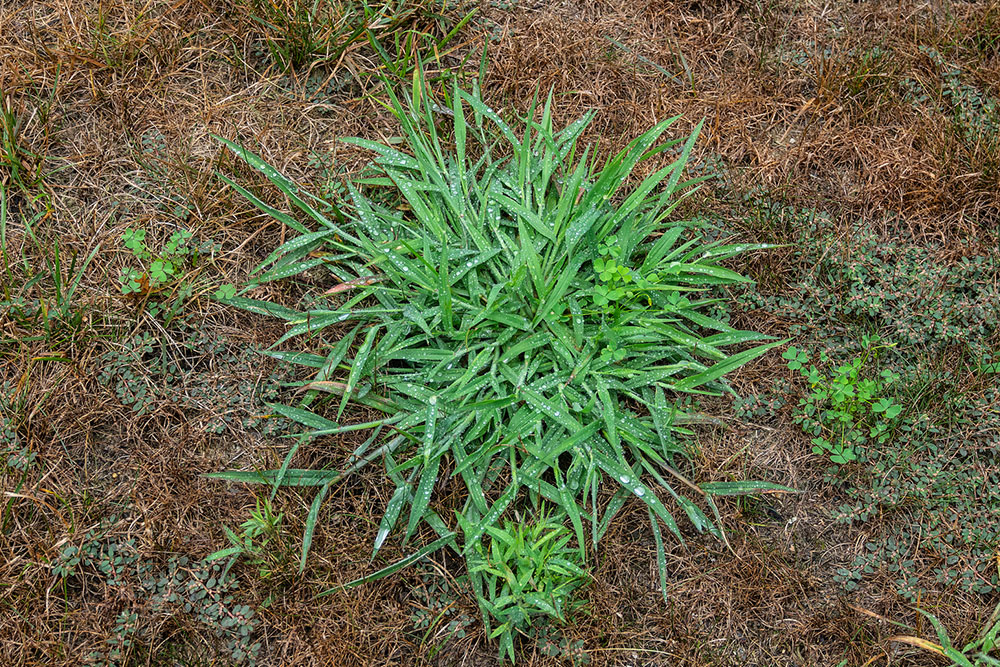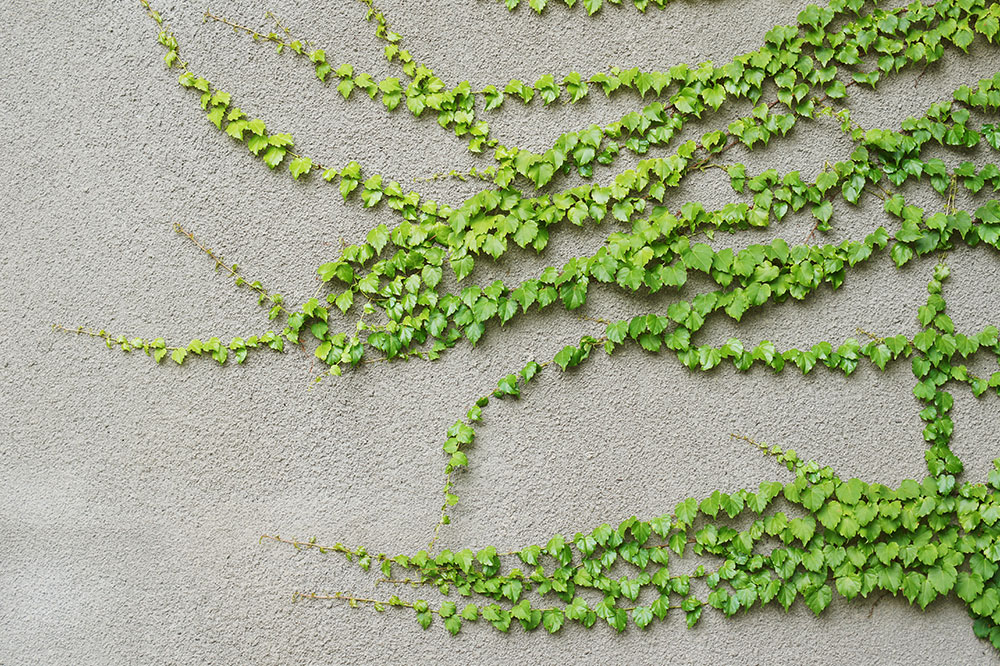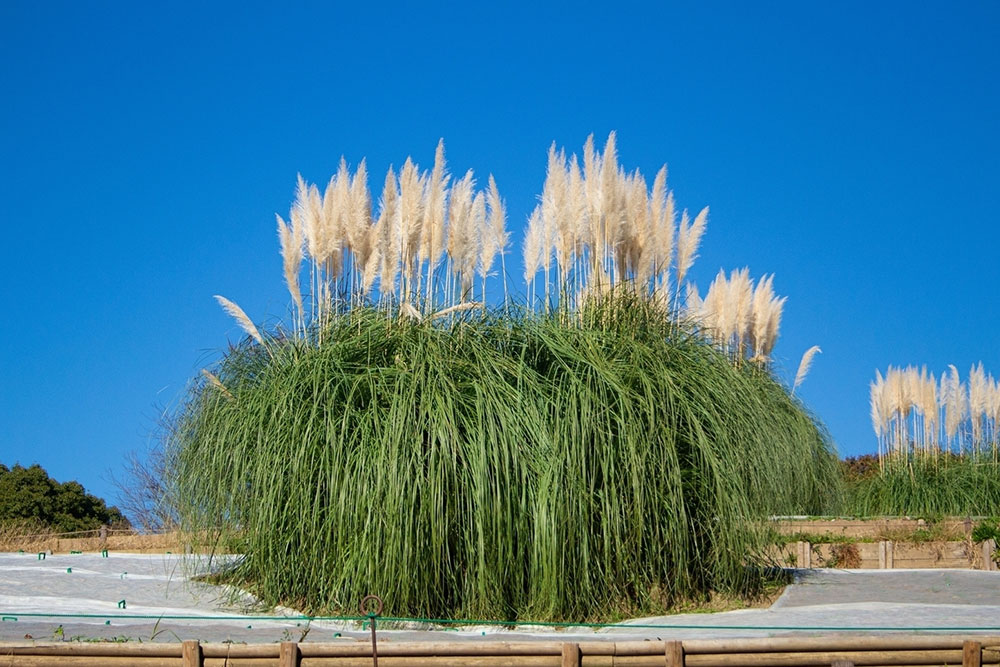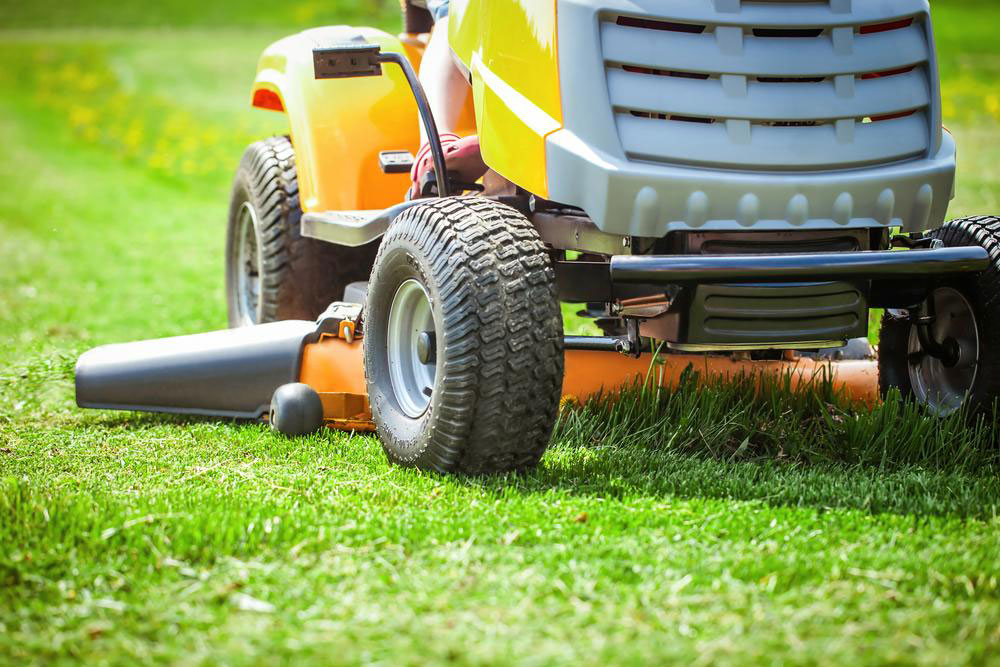Effective Organic Strategies to Manage Purslane Weed Growth
Discover eco-friendly, natural methods to control purslane weed in your garden effectively. This guide covers vinegar application, manual removal, soil solarization, and other organic techniques to maintain a healthy outdoor space. Learn how to prevent purslane from spreading and protect your plants using safe, sustainable solutions that suit various gardening preferences.

Natural Approaches to Suppress Purslane Infestation
Purslane, a pervasive weed in gardens, poses a persistent challenge for gardeners and homeowners. Its fast growth and ability to spread quickly make it difficult to control. Fortunately, there are numerous natural methods to eliminate purslane from your landscape. From manual removal to eco-friendly treatments, these options cater to various preferences and environmental concerns. Continue reading to discover effective organic techniques for managing purslane and restoring your outdoor space's beauty.
What is Purslane?
Purslane is an invasive weed known for its resilience and rapid growth in diverse conditions. Recognizable by its succulent appearance, it forms low, circular patches with fleshy red stems and small, paddle-shaped green leaves. Its bright yellow star-shaped flowers make it easy to identify. Typically thriving in bare or disturbed soils, purslane can quickly take over gardens, spoiling aesthetics and competing with desirable plants for nutrients. Removing this weed is crucial to maintain healthy, attractive landscapes.
Purslane not only diminishes visual appeal but also depletes vital nutrients from soil, affecting other vegetation. It’s resilient in poor soils and drought conditions, making removal essential for garden health. Various organic solutions—ranging from simple home remedies to targeted removal techniques—offer effective ways to curb purslane growth naturally and sustainably.
Organic Solutions for Purslane Eradication
Using natural methods benefits overall garden health and avoids chemical use. Here are proven approaches to control purslane infestations:
Vinegar Application
Household vinegar is a potent natural weed killer. Its acetic acid content dehydrates weeds like purslane quickly. Using a spray bottle, carefully apply vinegar directly onto the weeds, avoiding nearby plants, as it can harm their moisture retention. Once dried and dead, the purslane can be removed and discarded safely.
Manual Removal of Young Plants
Early intervention is key—hand-pulling purslane when young prevents seed dispersal. Be gentle to avoid disturbing the soil too much, which could spread seeds. Removing young purslane before it flowers and seeds is an efficient way to limit future growth.
Removing Plant Fragments
After uprooting weeds, ensure all fragments are collected and disposed of properly. The stems and leaves have rerooting capabilities, so leaving any debris can lead to quick regrowth. Proper removal prevents the weed’s re-establishment in your garden.
Soil Solarization
Covering the bare soil with black or transparent plastic traps heat from the sun, raising soil temperature to around 130°F (54°C). This process—solarization—kills weed seeds and roots. For best results, keep the soil moist and secure the plastic with stakes or rocks for up to six weeks.
Additional natural techniques include applying ammoniated soap or mixing salt and vinegar into the soil to inhibit purslane growth. These methods promote a healthy, weed-free garden ecosystem.









